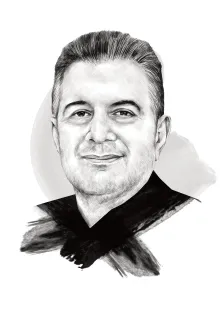It was a good week for the Saudi economy. There were big new oil and gas discoveries, contracts were awarded for Phase II of the Jafurah unconventional gas field project and Phase III of the Saudi gas network expansion, and Saudi Aramco launched a secondary share offering, hoping to raise $13bn.
There was more good news from the Kingdom’s sovereign wealth fund (SWF)—called the Public Investment Fund (PIF)—when it reported its profits. These showed that it was performing strongly, particularly when compared to peers.
Since 2015, when there was a restructuring, the PIF has increased its asset size fivefold. It now manages assets worth around $925bn, including almost 100 companies that it has established, operating in more than a dozen industries.
Growing in strength
PIF’s annual revenues have doubled from $44bn to $88bn, while net profits reached $17bn—a far cry from its $4.5bn loss in 2022. Its brand is now valued at $1.1bn, according to Brand Finance, nearly twice that of the Abu Dhabi Investment Authority (ADIA).
Another highlight is the 92% PIF scored on governance, sustainability, and resilience, according to Global SWF, a fund analyst. This is a huge improvement on the 60% it scored in 2022. ADIA, meanwhile, scored 56%.
Unlike other leading sovereign wealth funds, such as those from Qatar or Singapore, PIF invests huge sums at home, not least to help the country meet its Vision 2030 commitments. The Kingdom is seeking to attract the best global talent with an innovative investment strategy and access to new sectors, aligning with the objectives of Vision 2030. This includes enhanced roles for young people and women in various sectors.




